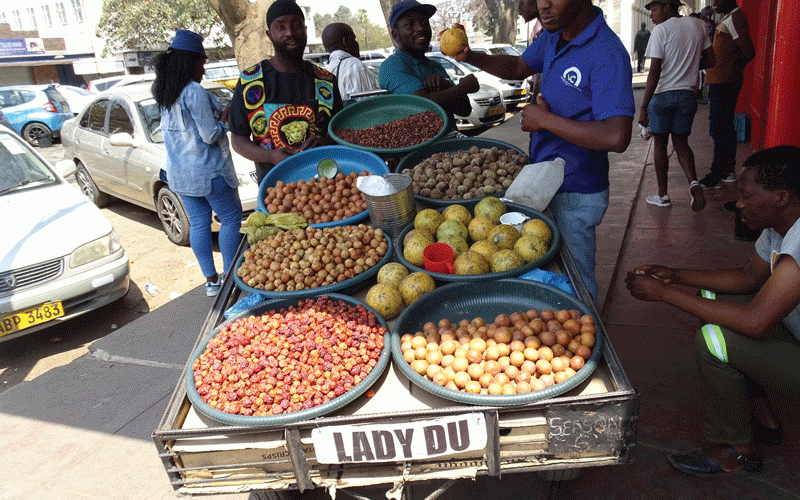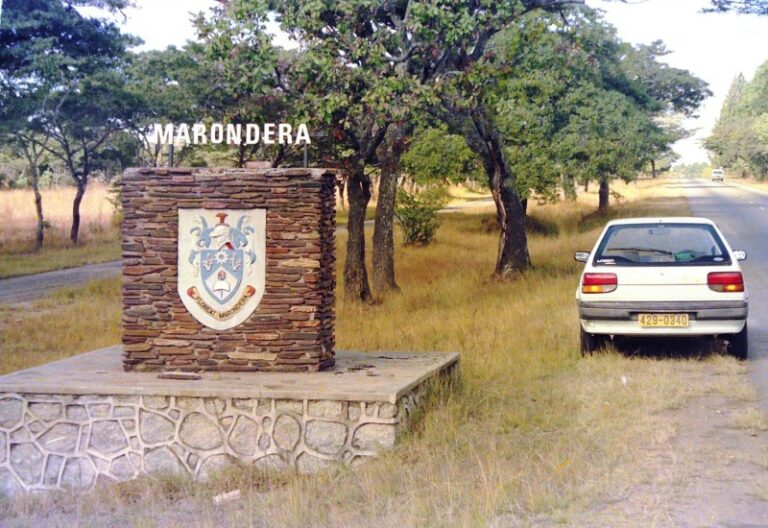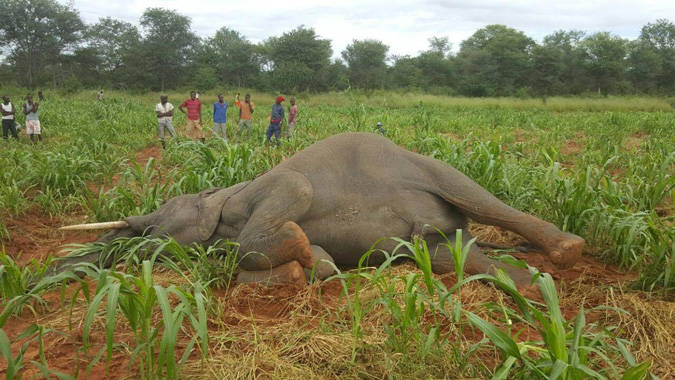
Zimbabwe’s indigenous wild fruit trees, once abundant and deeply woven into the country’s cultural, medicinal, and food systems especially in the drought-prone Matabeleland region, are now under serious threat from the combined effects of climate change such as rising temperatures and declining rainfall.
Experts warn that shifting rainfall patterns, prolonged dry spells, and rising temperatures have weakened the ability of these trees to thrive in their natural habitats.
Once known for their resilience in harsh climates, species such as umviyo (wild loquat), uxakuxaku (African chewing gum), and umqokolo (waterberry), among other wild fruits, are now showing signs of stress and reduced yields.
Investigations conducted in some parts of Matabeleland North province reveal an unsettling trend: trees that once bore fruit seasonally are either dying or producing far less than before.
Community elders and traditional healers describe a noticeable shift over the past decade, with some wild fruits becoming rare or disappearing altogether.
While these changes are clearly visible to local communities, forestry experts and researchers confirm that the problem runs deeper.
A 2017 PhD thesis by Lazarus Chapungu, followed by a 2020 peer-reviewed article by the same author in Sustainability 2020, found that climate variables have increasingly impacted indigenous vegetation across Zimbabwe over several decades.
The study, which focused on Masvingo province — an area with climatic conditions similar to Matabeleland — revealed rising temperatures and declining rainfall patterns from 1974 to 2014.
- Zanu PF cllr ‘denies’ CCC members food aid
- Villagers fight climate change through smart agric
- Minister dragged to court over chieftainship
- 2 schools shut down after COVID-19 cases spike
Keep Reading
“The annual mean temperature increased by about +0.02°C per year,” the study notes, “adding up to a net rise of approximately +0.8°C over four decades,” Chapungu said.
Other climate indicators, including monthly mean temperatures and rainfall during the warmest quarter, also showed significant downward trends, contributing to a notable decline in species diversity.
These findings echo the experiences of those working directly with indigenous tree species.
Beyond environmental loss, the decline of wild fruit trees is also taking a heavy cultural toll.
For generations, local communities have relied on a rich variety of wild fruits — mazhanje (wild loquat), umqokolo, ububese (wild cucumber), and umsosobiyane (wild medlar) — guided by traditional knowledge. But that traditional calendar is now breaking down.
Erratic rainfall, extreme heat, and prolonged dry spells are affecting not just the yield, but also the taste, texture, and regeneration cycles of these once-dependable fruits.
Professor Bhekimpilo Sibanda, a respected academic from Sipopoma in Lupane, has observed disturbing changes firsthand.
“The soils here in Lupane — interspersed with Kalahari desert-sands and dark clays — are fragile,” Sibanda told Truth Diggers.
“Rainfall is scarce. Trees like mopani, teak, blood tree, and isinga are under pressure,” he said.
Key edible fruit trees such as mutamba (monkey orange), umviyo (wild fig), ubhugwa/ubhunzu (wild sour plum or wild guava), umsosobiyane, and ububese are now fruiting irregularly or disappearing altogether.
Some, like ububese, are highly water-dependent and are increasingly unable to cope with drier soils.
“The rains no longer reach wide areas,” Sibanda said. “Even the taste and texture of fruits like ubhunzu have changed; it is drier and has less juice.”
He added that some once-abundant species, like Lupane’s wild blueberries, have vanished completely.
However, the crisis is not solely driven by climate.
Human-induced pressures such as population growth, deforestation, forest fires, and overharvesting are intensifying the problem.
These activities accelerate the depletion of tree cover, reduce seed dispersal, and threaten regeneration cycles — especially when young trees are harvested or destroyed before maturity.
Local elder Carol Phiri gave a personal account of the disappearing wild fruit landscape.
“I take umqokolo every day for my asthma, and it makes me strong,” she said. “But lately, the fruits are sourer — probably because of less rain.”
Phiri also shared cultural insights: umqokolo is traditionally used to tighten vaginal muscles and boost female libido, highlighting the medicinal and intimate value of wild fruits in rural communities.
Scientific literature reinforces the role of these fruits as nutritional lifelines.
A recent review by the South African Journal of Geomatics and Scientific Journal (2000–2019) identified 23 indigenous fruit species crucial during periods of food scarcity, including umkhomo — (baobab (Adansoniadigitata), umganu-marula (Sclerocaryabirrea), uxakuxaku and umdlandlovu (Piliostigmathonningii).
In areas along the Zambezi River, wild fruits like umthunduluka (Diospyrosmespiliformis), muchakata (Parinaricuratellifolia) and idumbe (air potato) remain critical for food security, especially when conventional crops fail.
Increased commercialisation of wild fruit harvesting is also placing unsustainable pressure on natural resources.
“The competition to harvest wild fruits has increased. This contributes to tree loss and further reduces availability,” Matutu noted.
Data from the Forestry Commission confirms that between 2000 and 2010, Zimbabwe lost an estimated 327 000 hectares of forest cover annually.
The resulting ecological degradation has weakened soil health and water retention, further threatening biodiversity.
The situation is particularly stark in areas like Nkayi, where species such as umpaluli (wild medlar) are used for general healing.
“There’s no amaganu anymore,” lamented Sibanda. “And umvagazi (blood tree) now yields less of its medicinal blood.”
With child stunting affecting roughly 26% of Zimbabwe’s population, wild fruits remain one of the last buffers against rising malnutrition—making their loss not just environmental or cultural, but deeply humanitarian.
Amid this multifaceted crisis, local initiatives are beginning to provide hope.
In response to these mounting threats, Binga Rural District Council in 2023 enacted a by-law to regulate the management of non-timber forest products, strengthening protections under Statutory Instrument 64 of 2019.
The law empowers local communities to sustainably manage forests and safeguard indigenous fruit trees.
With support from partners like Kulima Mbobumi Training Centre and Agritex, Binga Rural District Council has rolled out agroforestry programs that integrate indigenous trees with drought-tolerant crops such as millet and sorghum.
“We are training farmers — especially women and youth — on how to adapt to climate change and conserve natural resources like wild fruits,” said Lovemore Siamuyi, the council’s executive officer for Environment and Social Services.
The Forestry Commission is also promoting agroforestry as a climate-resilient land-use practice.
Farmers are encouraged to preserve key species like umnyi (Buffalo thorn) and matamba when clearing fields, recognising their value for both livelihoods and ecological balance.
- This article was published under the Voluntary Media Council of Zimbabwe Investigative Journalism Fund with support from the Friedrich Naumann Foundation.
- Truth Diggers is the investigative journalism arm of Alpha Media Holdings (AMH). AMH are publishers of The Standard, Zimbabwe Independent, NewsDay and Southern Eye as well as the proprietors of HSTV










